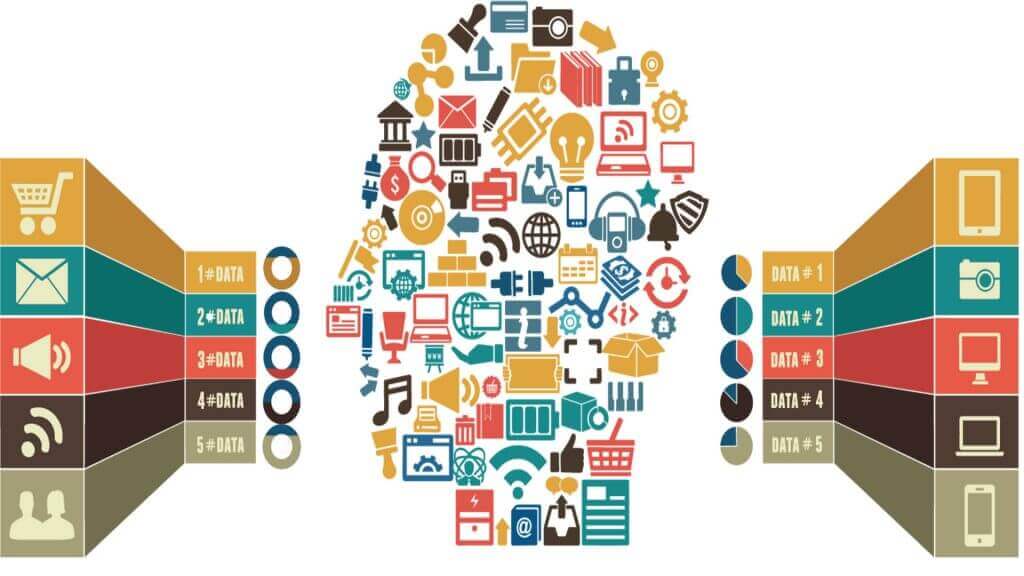
It’s often thought that loyalty programs are designed to reward customers with special offers, treats, and discounts in the hope of retaining their business and encouraging customers to spend more frequently. While there is some truth to this – a new generation of sophisticated loyalty program engineering is emerging. Driven by highly granular data, consumer behavioral patterns analytics, and deep business intelligence insights which ultimately lead to consumers seeing the right message and the right time.
For airline loyalty programs – these data-driven insights are driving more revenue to the host airline, increasing partner spend, cultivating a highly engaged loyalty member audience, and producing record profits.
In 2015, American, United, and Delta sold nearly USD $8,000,000,000 in miles to financial institutions, airline, and non-airline partners. These eye-watering numbers don’t happen by accident, and in this article, we’ll look under the hood to understand how big data and analytics is driving the airline loyalty business.
While it’s difficult to cover every area data and analytics can be applied in loyalty programs, I’ll highlight 3 common areas which many loyalty programs have optimized to the point they now run like a well-oiled cash-generating machine.
Loyalty Marketing Efficiency
An effective data-driven marketing strategy is a must. Fine tuning the CRM system for optimized marketing efficiency is a fundamental requirement these days.
Clustering coefficiency, proximity and machine learning pattern recognition are some of the single most valuable tools to understand member behavior. Insights extracted from these models will unlock the true marketing performance opportunity for the loyalty program.
Another key modeling type, which I’ll explain in more detail in subsequent articles is propensity modeling on each data/feature point.
Knowing the likelihood of members interacting, responding, transacting or engaging with marketing material comes with significant benefits such as:
- Being able to identify which loyalty members will be worth more revenue in the future, or which members are most likely to move up in status tiers in the near future.




